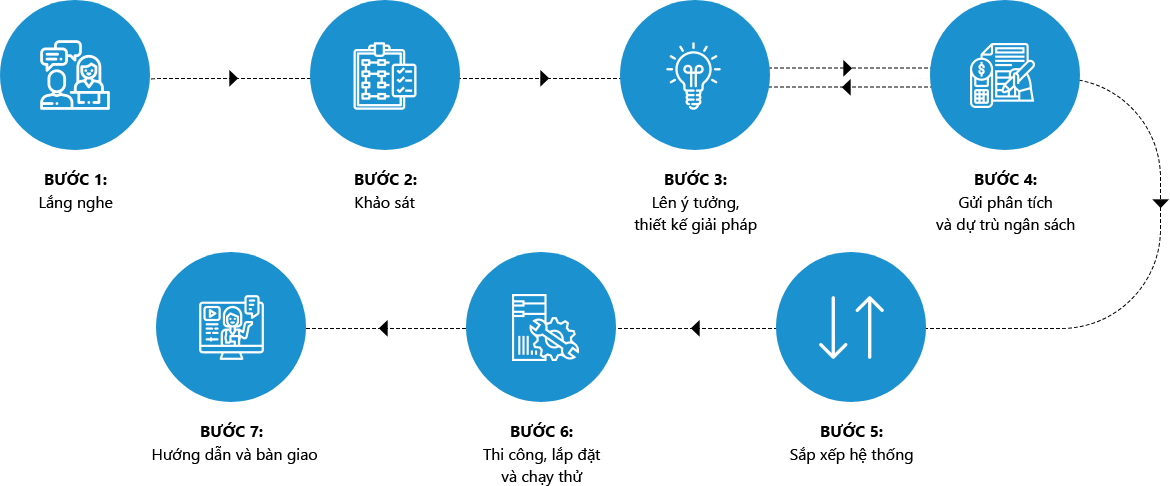Content
Business leaders and business advisors said the benefits RPA delivers are driving that growth. However, they also said there are potential disadvantages to using RPA, particularly when organizations are not thoughtful or strategic about the automation projects they undertake. Many organizations believe that to work with RPA but the staff must have significant technical knowledge of automation as robots may require programming skills. The lack of customization and access to backend data are the only notable disadvantages of cloud automation. However, for those that want more control and specification, those disadvantages can be significant.
Workflow performs the machine perception tasks such as image recognition. RPA records the cursor moves and button clicks, and translate the series of actions into the code. The tasks can be performed automatically due to this code without human intervention in the future. The user can reduce the cost by automating the task with the help of Robotic Process Automation. Bots, for example, can access and retrieve information to answer a customer’s request in real time so that there’s no need to ask the customer to hold on.
The Three Pros And Cons Of RPAs
Find the latest news and members-only resources that can help employers navigate in an uncertain economy. Let us know if you want your product or service to be featured on this blog. Furthermore, it helps them to improve their skill sets, which will assist the company both short and long term. As more companies experience the limitations of RPA, they are looking for a more robust, transformative, holistic solution that can leverage RPA’s strengths while addressing its weaknesses.
- They offer free courses for developers, and we take advantage of those.
- When it comes to expanding your ventures, the main focus must be efficiency enhancement.
- The goal of business process automation is not just to automate your organisational workflows; it must make business processes simpler and more efficient.
- AI and Cognitive Intelligence are the most common methods of RPA solutions that assist robots in enhancing decision-making.
- Unlike standalone RPA, low-code or no-code RPA bots are easier to maintain.
This is a clear indication that RPA is becoming an increasingly important part of the modern business landscape. These industries are recognizing the potential of RPA to streamline processes and increase efficiency, and are taking steps to capitalize on the benefits of this technology. This statistic is a testament to the growing importance of RPA in the modern business landscape. RPA software development enables your enterprise to automate mundane and repetitive tasks with the help of bots.
The Pros of RPA
As this technology continues to grow and evolve, companies have to decide whether they want to start using RPAs as they exist now or wait for innovations that better align with their business. Robotic Process Automation is a major part of many organizations’ digital transformation efforts. People are usually habitual, and any change in the organization may cause stress to the employees.

IPA tools can reduce human intervention in a variety of business processes. RPA has been a hot topic among organizations in recent years because of its ability to perform repetitive tasks faster and with fewer errors than humans. Companies are increasingly recognizing the value of robotic process automation technology in achieving their financial goals. It demonstrates that organizations are investing in this technology to streamline their operations and reduce costs, which can ultimately lead to increased profitability.
Security
By 2025, RPA is projected to save businesses an incredible $5 trillion in labor costs, demonstrating the immense cost-saving potential of this technology. This statistic is a powerful reminder of the potential of RPA to revolutionize the way businesses operate and to create a more efficient and cost-effective future. The RPA market is expected to experience tremendous growth in the coming years, indicating that more and more businesses are recognizing the value of RPA and investing in it. This is an important point to make in a blog post about RPA statistics, as it demonstrates the increasing popularity of RPA and its potential to revolutionize the way businesses operate. The technology is being adopted at a rapid rate, and that it is becoming an integral part of the financial services industry. This is important because it demonstrates the potential of RPA to revolutionize the way financial services are delivered, making them more efficient and cost-effective.

Because bot are simple scripts, they cannot adapt to user interface changes. So that as soon as an application is updated, or replaced, those bots no longer function properly, resulting in failed RPA processes or incorrect data. The modern RPA tools are used to automate applications in any department where the clerical work is performed across an enterprise. Hence, Employees only need to be trained on how RPA works, and they can easily create bots, just through GUI and different intuitive wizards.
Robotic Process Automation: Statistics Overview
Robotic Process Automation can be deployed throughout most technological environments and should be considered for any situation where automation can exist. RPA requires little to no human intervention to process business activities, which increased the processing speed of multiple tasks within the operational lifecycle. Software bots execute tasks tirelessly in the background, they do not take breaks or have vacation time, https://globalcloudteam.com/ increasing the scalability and productivity of the overall business function. It illustrates the growing demand for collaborative robotics, which are used to automate various processes in the manufacturing, logistics, and service industries. This increasing demand for collaborative robotics shows that businesses are recognizing the value of RPA and are investing in the technology to increase efficiency and reduce costs.

It is the primary concern employees have, resulting in a more significant threat to the labour market. The software bots follow the existing quality, data integrity and security standards to access the system, thus preventing disruption of any kind and maintaining protections and functionality. RPA feature refers to the ability to acquire and apply knowledge as skills. Bots first obtain the data, convert it into information, and change it into actionable details for users. RPA technology does not need any programming or coding insight. The modern tools are leveraged to automate applications at any company level where the clerical task is executed across an organization.
What is Robotic Process Automation?
However, one needs to understand whether RPA tools are a boon to the organization or just an additional cost. RPA is an automation technology used to develop various kinds of software. Like any technology, robotic process automation software has its potential advantages and drawbacks. To eradicate rpa in finance and accounting any malevolent changes, the entire automated instructions, data and audits accessed by the robots are encrypted. RPA tools also provide detailed statistics of user logins, their actions and each performed task – ensuring internal security and compliance with company regulations.


